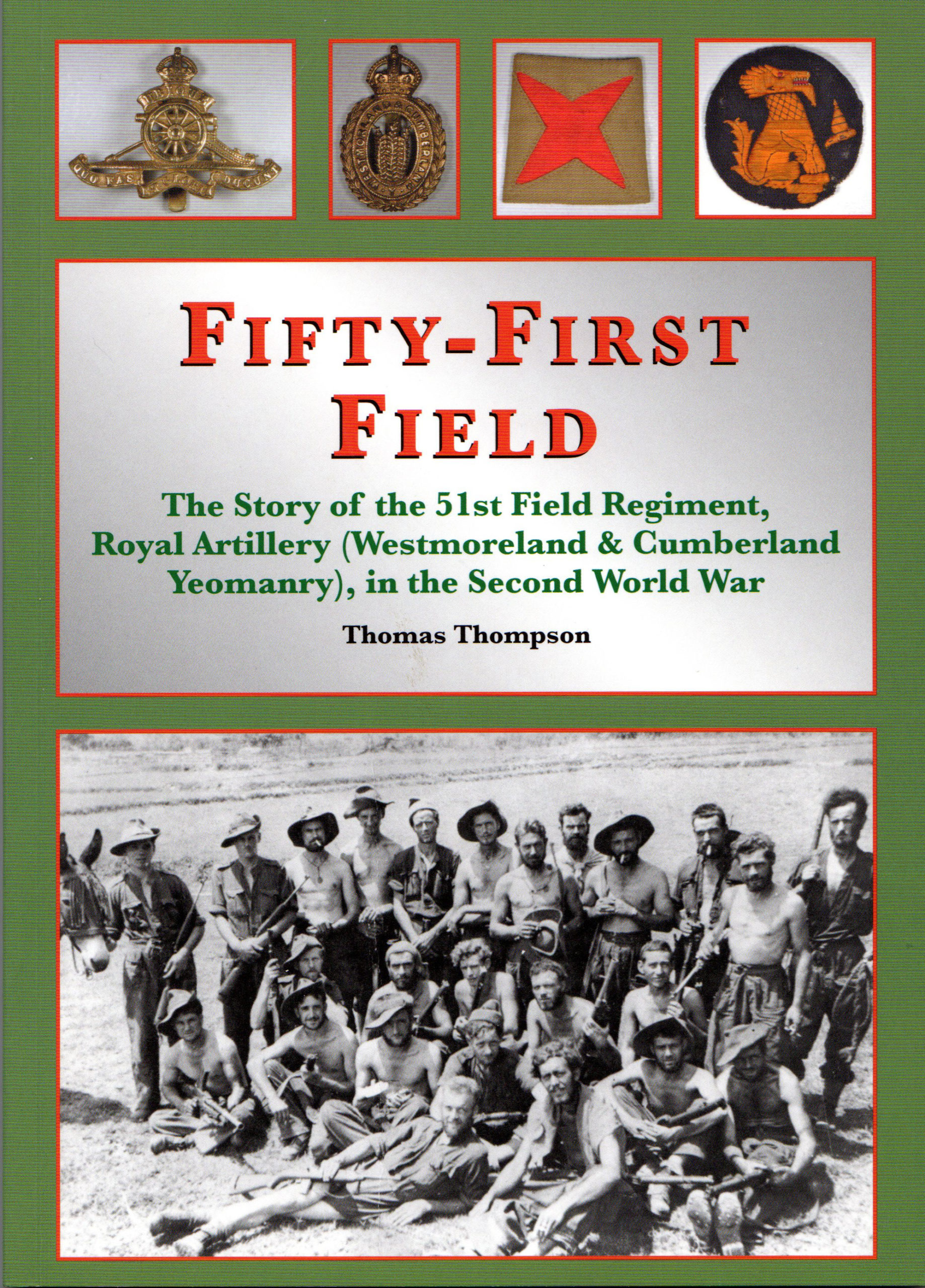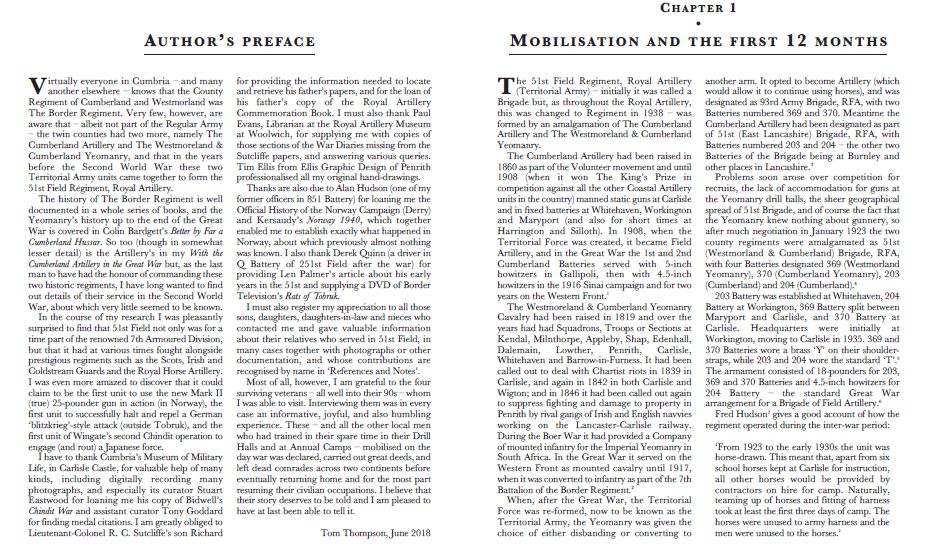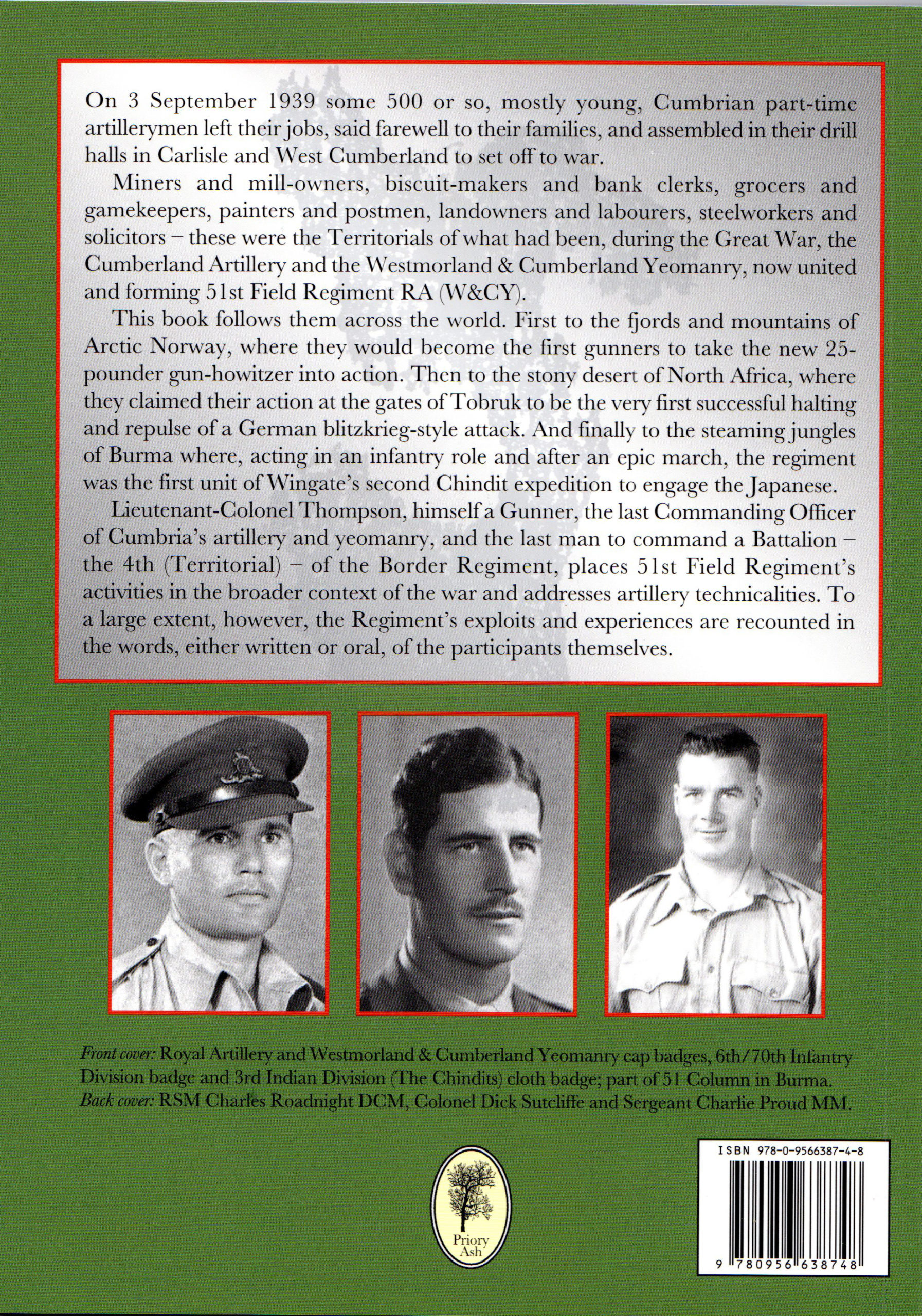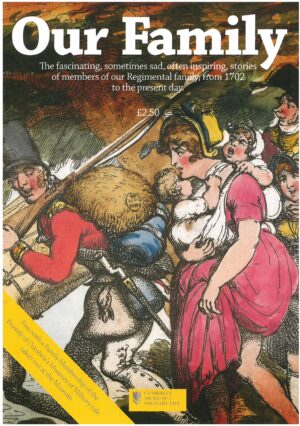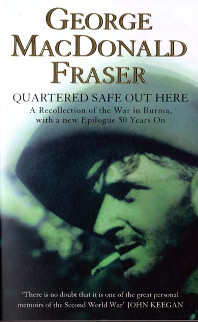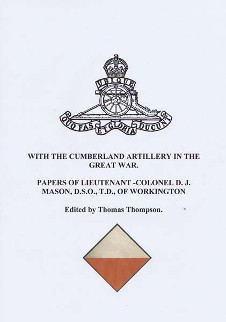Fifty First Field – The story of the 51st Field Regiment, Royal Artillery (Westmoreland & Cumberland Yeomanry), in the Second World War
£14.50
The story of the 51st Field regiment, Royal Artillery (Westmoreland & Cumberland yeomanry), in the second World War By Thomas Thompson (Paperback with black and white photographs 128 pages).
This new book has been published by Cumbria’s Museum of Military Life
In stock
Description
A new book has been published by Cumbria’s Museum of Military Life “Fifty-First Field” is the story of the 51st Field Regiment, Royal Artillery (Westmoreland & Cumberland Yeomanry) during the Second World War written by Thomas Thompson who lives near Carlisle.
In September 1939, 500 mostly young, Cumbrian part-time artillerymen left their jobs, said farewell to their families and assembled ready to go to war. From miners to mill-owners, biscuit-makers and bank clerks, grocers and gamekeepers – these were the Territorials of what had been, during the Great War, the Cumberland Artillery and the Westmorland and Cumberland Yeomanry, now united and forming the 51st Field Regiment.
The unit saw significant service during the Second World War. The book follows them across the world, first to arctic Norway to the stony desert of North Africa and finally to the steaming jungles of Burma in 1944
Here, having given up their guns they fought as Infantry, part of the famous Chindits operating behind Japanese lines.
Thomas Thompson, himself a gunner was the last Commanding Officer of 51st successor unit and was the last Commanding Officer of the 4th Territorial Battalion Border Regiment 1967-1969. In his preface Tom thanks the Museum including Curator Stuart Eastwood for its support with the book including digital photographs from the Museum’s collections. He also thanks Richard Sutcliffe of Brampton, whose father Lieutenant-Colonel Dick Sutcliffe commanded the unit at the end of the war, for the loan of photographs and loan of his Royal Artillery Commemoration book with some of his extracts used in the book.
During the Chindit operation, Lt Colonel Sutcliffe wrote:
“During the operation the Regiment marched over 500 miles in enemy held territory, a tough feat – as even the hardiest infantryman would agree – for a regiment of Gunners who had no more than three months training since conversion from their normal role. Gunners may not like marching, but they can”
(Paperback with black and white photographs 128 pages)

